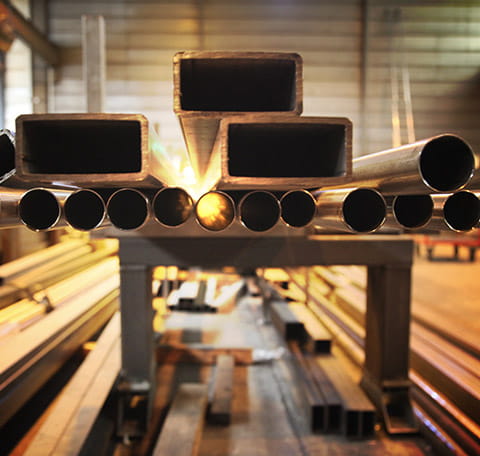
# Thermal Imaging Camera: A Comprehensive Guide
## Introduction to Thermal Imaging Cameras
Thermal imaging cameras, also known as infrared cameras, are devices that capture and visualize the infrared radiation emitted by objects. Unlike traditional cameras that rely on visible light, thermal cameras detect heat signatures, allowing users to see temperature variations in their surroundings.
## How Thermal Cameras Work
Thermal cameras operate by detecting infrared radiation, which is emitted by all objects with a temperature above absolute zero. The camera’s sensors convert this radiation into electronic signals, which are then processed to create a thermal image or thermogram.
Key components of a thermal camera include:
- Infrared detector (usually microbolometer-based)
- Optical system (lens made of special materials like germanium)
- Signal processing electronics
- Display unit
## Applications of Thermal Imaging Technology
Thermal cameras have found widespread use across various industries:
### Building Inspection
Thermal imaging helps identify heat leaks, moisture intrusion, and electrical faults in buildings. Professionals use these cameras to perform energy audits and detect insulation problems.
### Industrial Maintenance
In manufacturing plants, thermal cameras monitor equipment temperature to prevent failures. They can detect overheating components in electrical systems, motors, and mechanical assemblies.
### Medical and Healthcare
Medical thermal imaging assists in detecting inflammation, circulatory problems, and certain types of cancer. During the COVID-19 pandemic, thermal cameras were widely used for fever screening.
### Security and Surveillance
Thermal cameras provide excellent night vision capabilities, detecting intruders based on their body heat rather than visible light. They’re particularly useful in complete darkness or challenging weather conditions.
## Choosing the Right Thermal Camera
When selecting a thermal imaging camera, consider these factors:
Resolution
Higher resolution cameras provide more detailed images but come at a higher cost. Common resolutions range from 160×120 to 640×480 pixels.
Temperature Range
Different applications require different temperature measurement capabilities. Industrial cameras often need to measure extremely high temperatures.
Sensitivity
Measured in millikelvins (mK), sensitivity determines how small a temperature difference the camera can detect. More sensitive cameras can discern finer thermal variations.
Keyword: thermal camera
Additional Features
Consider features like image fusion (combining thermal and visible images), WiFi connectivity, ruggedness, and battery life based on your specific needs.
## Future Trends in Thermal Imaging
The thermal camera market continues to evolve with several exciting developments:
- Miniaturization leading to smartphone-compatible thermal cameras
- AI-powered thermal image analysis for automated defect detection
- Lower costs making the technology more accessible
- Improved resolution and sensitivity
## Conclusion
Thermal imaging cameras have become indispensable tools across numerous fields, from industrial maintenance to medical diagnostics. As technology advances and prices decrease, we can expect to see even broader adoption of this powerful imaging technology. Whether for professional or personal use, understanding the capabilities and limitations of thermal cameras helps users make informed decisions when selecting and operating these devices.